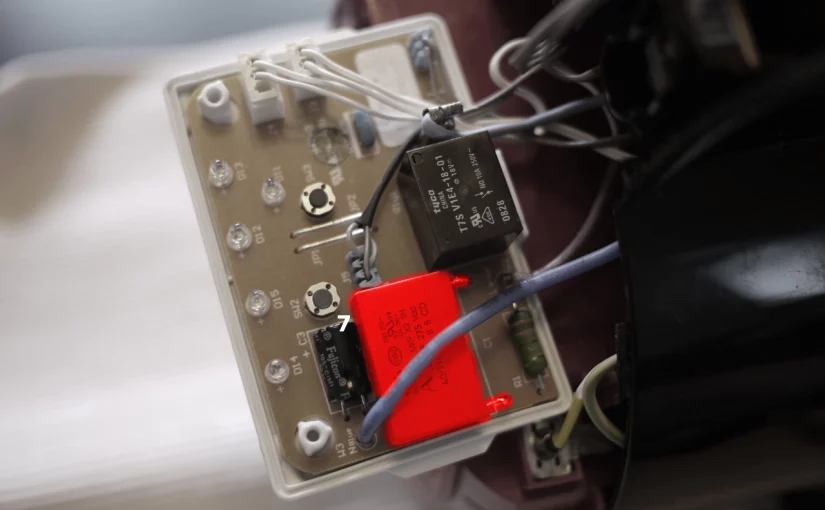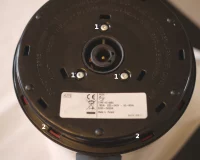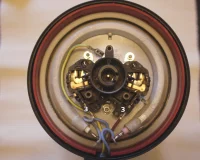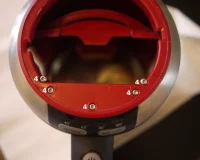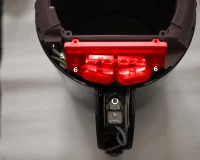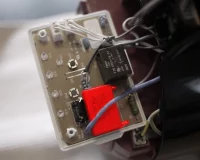The Philips HD4685 is one of the more advanced kettles, as not only automatically shuts-off when the water is boiled, but also allows setting a target temperature below 100°C. This is quite handy if you want to drink green tea, which is supposed to be boiled with only 80°C warm water. Unfortunately the extra electronics is another part which can make the Kettle fail. And this is exactly what happened to me.
Symptoms
I used the kettle for about 3 years on daily basis. One day however it stopped to make the “beep” which indicates that the water is ready when cooking at 100°C. But as this is not an essential functionality I just kept using the kettle. Unfortunately a few weeks later it did not cook at 100°C at all. Instead the kettle just turned off after reaching 80°C – even though 100°C were set.
Diagnosis
Under the hood one of the capacitors forming the capacitive power supply for the electronics started failing. Instead of supplying 0.47 μF, it merely supplied 0.1μF. So what was happening is that once more power consumer like the 100°C LED and the speaker were activated the power supply broke down and the whole circuit shut down.
So the solution is to replace the respective capacitor.
Therapy
Before you try to fix the kettle on your own, be aware that wrong assembly of the kettle can lead to a short-circuit that can cause a fire or lead to an electric shock. You should have fundamental knowledge of electrical engineering.
To access the faulty capacitor one must first disassemble almost the whole kettle:
- remove the screws on the bottom cover (torx 8)
- lever out the bottom plate with a flat screwdriver
- disconnect the power supply cables
- remove the screws on the top cover (torx 10). Then remove the top cover and the metallic ring. Also remove the handle cover.
- Pull out the electronics box, which is now free as you disconnected the power cables(3)
- unscrew and open the electronics box.
- replace the capacitor C1. (requires soldering) The capacitor specifications are MKP X2, 26.5 x 10 x 19 mm, 0.47 µF 275 V/AC ±10%, 22.5 mm pitch
For reassembly perform the steps in reverse order. The kettle should work now.
I would like to give credit to the according thread at elektronikwerkstatt.de, where I found the informations to create this post.
Final Words
I am not really sure if this is a case of planned obsolescence or just of insufficient testing, but I would really like philips to use higher quality capacitors and/ or rethink their power supply design. The kettle which is worth 50€ is still fully functional and just failed because of a 1€ part.
Update 12-1-2019
After 4 years, I had to open the kettle again – this time to remove some fine chalk gathered in the sealing, causing the kettle to leak. The 1€ capacitor still works though.
